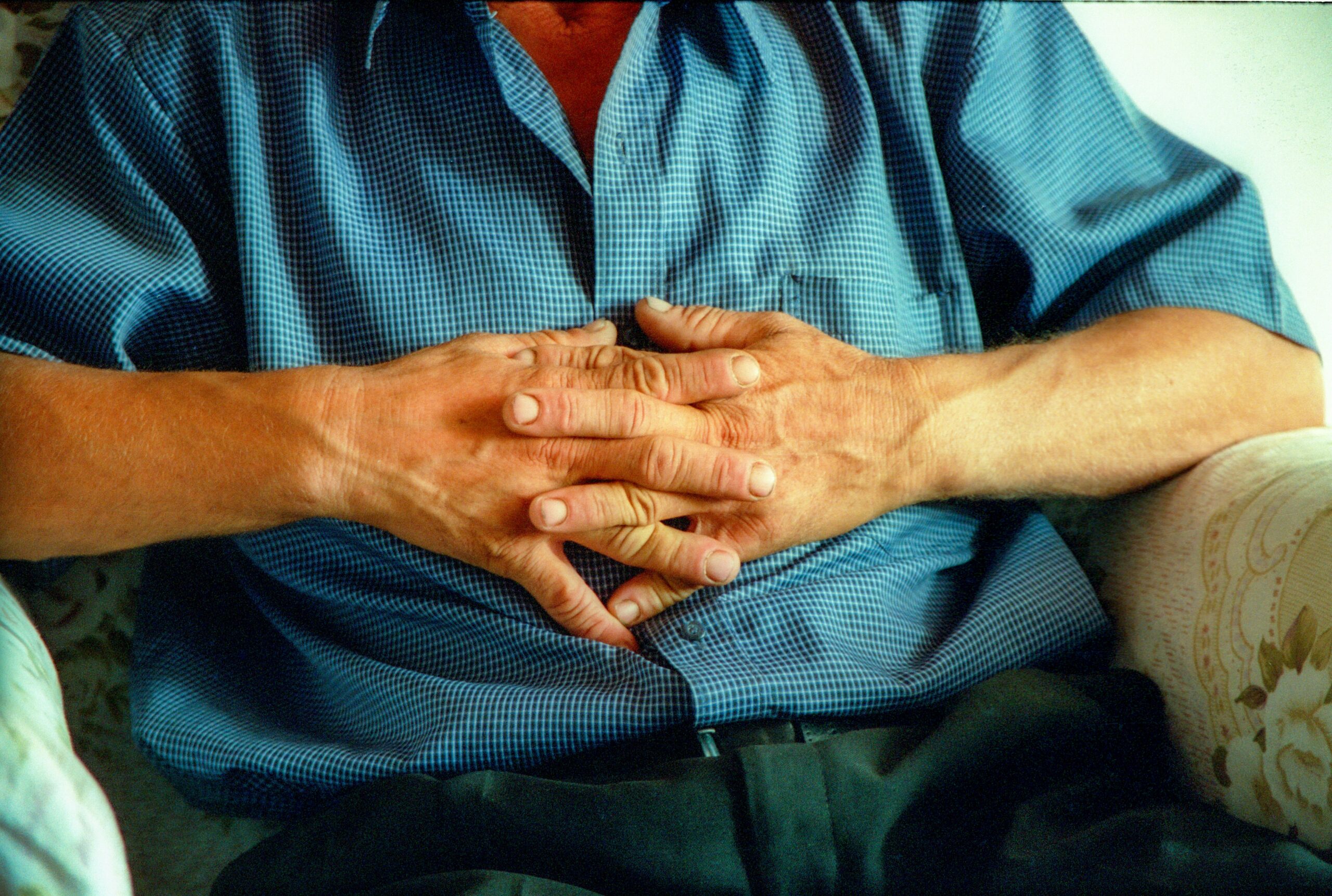Managing RA Flare Ups
 Managing RA Flare Ups
Managing RA Flare Ups
Living with Rheumatoid Arthritis (RA) often means navigating the unpredictable nature of flare-ups those frustrating periods when inflammation, pain, and fatigue suddenly increase. While regular physical activity is crucial for managing RA long-term, knowing how to adjust your routine during a flare-up is just as important.
Our exercise physiologists and physiotherapists work closely with clients to support movement through every phase of RA, including those challenging flare periods. Here’s what you need to know about safely modifying your exercise for managing RA flare ups.
What Is an RA Flare-Up?
An RA flare is a temporary increase in disease activity, often involving:
-
Heightened joint pain or stiffness
-
Swelling and redness in specific joints
-
Extreme fatigue
-
Limited mobility or range of motion
-
Difficulty with daily tasks
Flare-ups can last from a few days to several weeks and may be triggered by stress, illness, overexertion, or even changes in weather.
Should You Exercise During a Flare-Up ?
Yes but with adjustments.
Complete rest might seem tempting, but too much inactivity can lead to muscle deconditioning, joint stiffness, and a longer recovery. The key is to modify your routine to match how your body is feeling—focusing on gentle movement and joint-friendly strategies.
How to Modify Your Exercise Routine During a Flare
1. Listen to Your Body
It’s normal to reduce intensity or even take a break from structured exercise when you’re in a flare. Avoid pushing through pain. Instead, aim for gentle movement over intensity.
2. Emphasise Range of Motion Exercises
During a flare, joint mobility tends to decrease. Gentle range of motion (ROM) exercises can help maintain flexibility and reduce stiffness without placing undue stress on inflamed joints.
Examples:
-
Wrist circles
-
Shoulder rolls
-
Ankle pumps
-
Finger stretches
Aim for slow, controlled movements, and never force a joint past its comfort zone.
3. Switch to Low-Impact Activities
High-impact exercises should be avoided during a flare. Instead, consider:
-
Gentle walking (short distances)
-
Seated or supported exercises
-
Water-based movement like hydrotherapy
-
Breathing or relaxation-focused yoga
These activities promote circulation and keep your body moving while minimising joint stress.
4. Shorten Your Sessions
It’s okay to exercise in smaller bursts—try 5- to 10-minute movement sessions spaced throughout the day instead of one longer workout. “Little and often” is an effective approach during flare-ups.
5. Use Supports if Needed
Joint braces, compression garments, or taping (which your physiotherapist can help with) can reduce pain and improve joint stability while you stay active.
When to See a Professional
If you’re unsure how to modify your routine safely, or if your symptoms persist or worsen, consult with an Accredited Exercise Physiologist or Physiotherapist. We can:
-
Tailor a flare-sensitive program
-
Recommend appropriate joint protection strategies
-
Guide you through recovery without setbacks
-
Help prevent future flare-ups with targeted strength and mobility work
Bonus Flare-Up Recovery Tips
-
Apply heat or cold therapy depending on what brings relief
-
Rest strategically—balance downtime with movement
-
Stay hydrated and eat anti-inflammatory foods
-
Practice stress management techniques, like deep breathing or meditation
You Don’t Have to Pause Your Progress
RA flare-ups are challenging but they don’t mean giving up on your health or your goals. With the right modifications and support, you can stay active and reduce the impact of inflammation on your life.
Get the best support and guidance and reach out to Pivotal Motion Physiotherapy, we’re here to help you feel your best and movement with confidence. Get in touch with us today, and our team will be able to discuss with you in more depth on how we can help you. Book online or call us on 3352 5116.

 Managing RA Flare Ups
Managing RA Flare Ups